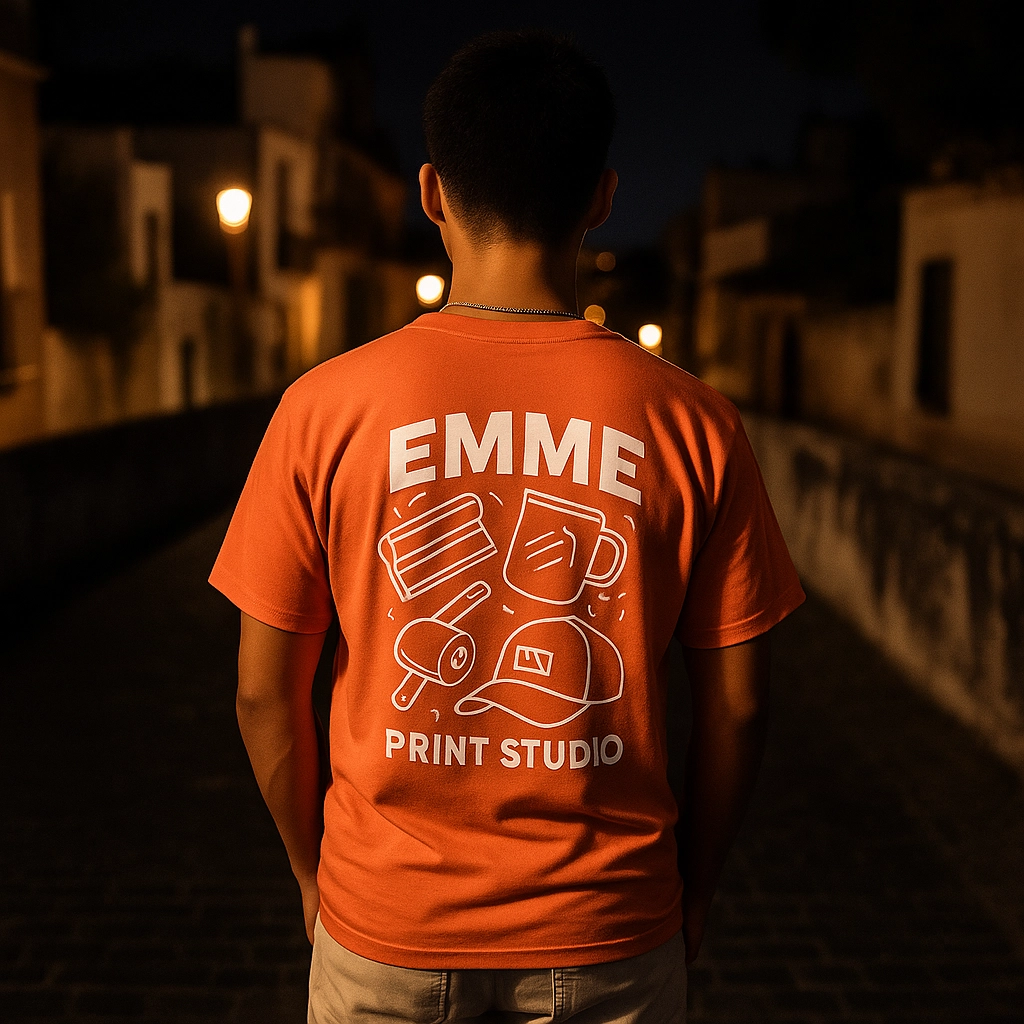Blog
Introduction to the Golden Secrets of the Pharaohs
For centuries, tales of golden treasures and mummies have captivated the imagination of explorers, archaeologists, and adventurers alike. The ancient Egyptians, known for their sophisticated civilization and rich history, left behind a wealth of artifacts and treasures that continue to fascinate us today. Among these treasures is the enigmatic world of the pharaohs’ gold—materials used in mummification and burial practices, as well as items adorned by royalty and nobility.
This article delves into the https://mummysgold-online.ca/ golden secrets of the pharaohs, exploring the significance of gold in ancient Egyptian culture, the techniques used in preserving bodies through mummification, and the most famous instances where these treasures were uncovered. We’ll also uncover how modern science has played a pivotal role in understanding and preserving these historical artifacts.
The Significance of Gold in Ancient Egypt
Gold held an almost mystical significance for the ancient Egyptians. Revered as a symbol of the sun god Ra, it was believed to possess divine properties. In their mythology, gold represented immortality and eternal life—properties also desired by pharaohs after death.
For the elite classes, wearing gold signified not just wealth but also social status and divine favor. The use of gold in royal burials became increasingly elaborate over time, often reflecting the pharaoh’s power and influence during their lifetime. It was an essential component in creating a tomb that would ensure the deceased’s journey to the afterlife was as comfortable and successful as possible.
The Process of Mummification
Mummification was not only a process but also a ritualistic practice deeply intertwined with Egyptian beliefs about life, death, and beyond. Here’s how it worked:
Removing Organs
The first step involved removing the brain through the nostrils using hooks made of metal or bone. The removal of the internal organs was more complex and required precision to avoid damaging the body. Typically, these were placed in canopic jars—special containers used for storing different parts of the deceased’s organs. Commonly found are jars containing the liver (guardian of the pharaoh), lungs (associated with truth), stomach (representing wisdom and protection), and intestines.
Dehydration
After removing the internal organs, a mixture of natron—a naturally occurring salt—was used to dry out the body. This process would last for about 40 days, during which the body was carefully cleaned and treated with oils and perfumes to preserve it.
Cosmetic Covering
Once the mummification process was complete, a layer of resin or wax was often applied as a final coat, protecting the body from damage. It also helped to maintain the appearance of the deceased for eternity. The most iconic part of this process is perhaps the use of gold in creating masks and coffins, which were meant not only to beautify but also to facilitate the deceased’s passage into the afterlife.
Famous Discoveries: The Treasures of Tutankhamun
One of the most famous discoveries in the history of Egyptology is that of King Tutankhamun’s tomb. Discovered by British archaeologist Howard Carter in 1922, it revealed a wealth of treasures, including solid gold funerary masks and jewelry.
The discovery of Tutankhamun’s tomb was groundbreaking not only because of its vast array of artifacts but also due to the extraordinary state of preservation. Inside were over 5,000 items, including furniture, weapons, chariots, and a vast amount of gold. The pharaoh’s mask alone is estimated to contain 24 pounds (11 kilograms) of gold.
Modern Insights: Science Unlocks Mummies’ Gold
Advancements in science have provided new perspectives on the golden treasures discovered within ancient tombs. Techniques such as X-ray imaging, carbon dating, and chemical analysis have allowed researchers to better understand the materials used and their origins.
For instance, studies using advanced spectroscopy techniques have helped determine the composition of gold objects, revealing that some were crafted from Egyptian native gold while others included alloys imported from neighboring regions. These findings offer valuable insights into trade relations and cultural exchange during ancient times.
Conservation Efforts: Preserving Mummies’ Gold
The preservation of these golden treasures faces numerous challenges due to factors such as environmental conditions, handling damage, and theft. Museums worldwide are working diligently to safeguard the delicate artifacts through controlled environments, advanced conservation methods, and digital documentation efforts.
For example, the Egyptian Museum in Cairo houses many of Tutankhamun’s treasures and employs state-of-the-art climate control systems to prevent deterioration. Additionally, initiatives like 3D scanning enable virtual access to these objects without risking their physical integrity during transportation or public exhibitions.
Conclusion: Unveiling the Legacy of the Pharaohs’ Gold
The golden secrets of the pharaohs continue to captivate our imagination, offering a window into one of history’s most fascinating cultures. From its symbolic importance as a representation of divinity and eternity to its practical use in mummification processes, gold played an integral role in ancient Egyptian society.
Modern science has provided unprecedented opportunities for uncovering the stories behind these golden treasures while ensuring their preservation for future generations to appreciate and study. As we continue to explore the vast repositories of knowledge contained within these artifacts, the legacy of the pharaohs’ gold remains a testament to human ingenuity, creativity, and spiritual aspirations.

